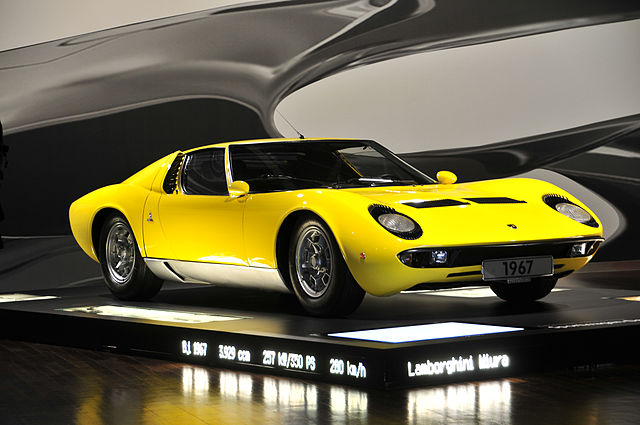
The Lamborghini Miura, produced between 1966 and 1973, stands as a towering achievement in the history of sports cars, embodying the very essence of a supercar before the term was widely used. This iconic vehicle, with its revolutionary design and engineering, marked a significant departure from the sports cars of the time and set a new benchmark for high-performance automobiles.
The Miura’s legacy is characterized by its innovation, performance, design, and impact on Lamborghini’s brand, making it a beloved classic among car enthusiasts.
Origins and Development
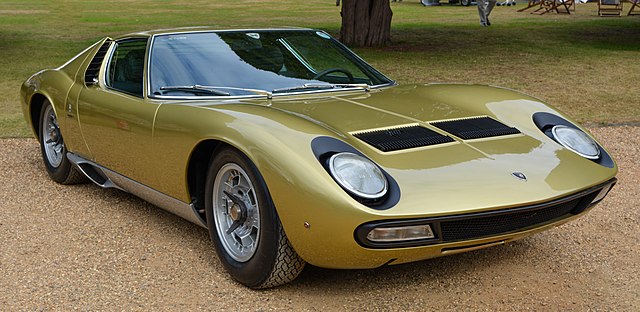
The inception of the Lamborghini Miura can be traced back to the ambitions of Ferruccio Lamborghini, who sought to challenge the dominance of Ferrari in the high-performance sports car market.
The Miura was conceptualized by Lamborghini’s engineering team, which included Gian Paolo Dallara, Paolo Stanzani, and Bob Wallace. This team aimed to create a car that combined speed, power, and luxury in an unprecedented way.
The project, initially codenamed “P400,” was unveiled as a prototype at the 1965 Turin Motor Show. The Miura’s mid-engine design was revolutionary at the time, setting it apart from other sports cars. This layout, which placed the engine behind the driver but in front of the rear axle, improved balance and handling, contributing to the car’s superior performance.
The Miura’s development was marked by challenges, including perfecting the unique mid-engine layout and ensuring reliability at high speeds. Despite these hurdles, the engineering team’s innovative solutions and dedication to excellence resulted in a car that exceeded all expectations.
Design and Aesthetics
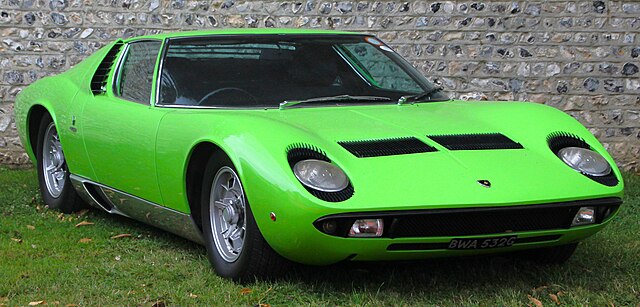
The design of the Lamborghini Miura was spearheaded by Marcello Gandini of Carrozzeria Bertone, who was only in his late twenties at the time. The Miura’s design was groundbreaking, featuring a sleek, low profile that was as functional as it was beautiful.
Its distinctive “eyelash” headlamps and dramatically curved windshield contributed to its striking appearance, making it one of the most visually captivating cars of its era.
The interior of the Miura was equally impressive, offering a level of luxury and comfort that matched its exterior beauty. The cabin was designed with both aesthetics and driver experience in mind, featuring high-quality materials and a layout that prioritized ergonomics and ease of use.
The Miura’s design was not just about looks; aerodynamics played a crucial role in its performance. The car’s low stance and smooth lines helped reduce drag and improve stability at high speeds, highlighting the synergy between form and function in Gandini’s work.
Engineering and Performance
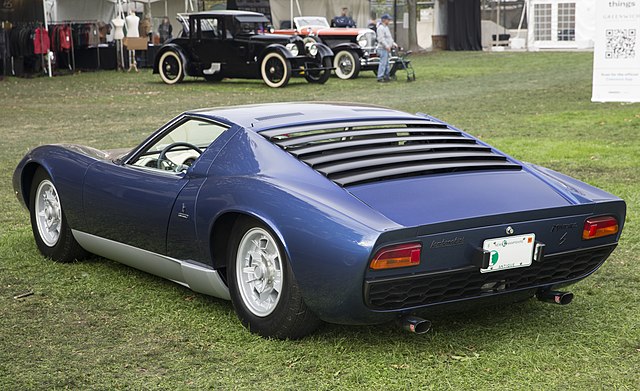
The heart of the Lamborghini Miura was its V12 engine, designed by Giotto Bizzarrini. This engine was a marvel of engineering, delivering unprecedented power and speed for a road car at the time. With a displacement of 3.9 liters, it produced up to 380 horsepower in the Miura SV, the final and most powerful variant.
The Miura’s performance was staggering, with a top speed of over 170 mph (274 km/h) and the ability to accelerate from 0 to 60 mph in under 7 seconds. Such figures made it one of the fastest cars available to the public at the time of its release.
Handling and braking were also focal points of the Miura’s engineering. The car’s mid-engine layout provided excellent balance and weight distribution, which, combined with its advanced suspension system, resulted in handling characteristics that were as impressive as its straight-line speed.
Impact and Legacy
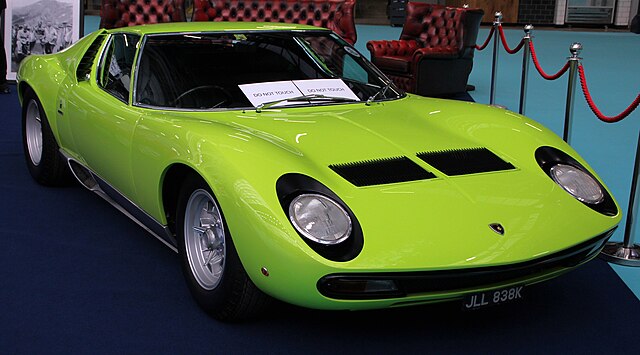
The Lamborghini Miura’s impact on the automotive world was immediate and far-reaching. It challenged prevailing design and engineering norms, setting a new standard for what a sports car could be. The Miura is often credited with being the first true supercar, paving the way for future high-performance models from Lamborghini and other manufacturers.
The Miura also played a crucial role in establishing Lamborghini’s reputation as a maker of luxury sports cars. Its success proved that the brand could compete with established names like Ferrari, cementing Lamborghini’s place in automotive history.
Today, the Miura is revered by collectors and enthusiasts alike, not only for its groundbreaking design and performance but also for its role in automotive history. Its legacy lives on as a symbol of innovation and excellence in the world of sports cars.
Conclusion
The Lamborghini Miura remains one of the most iconic and revolutionary cars ever produced. Its combination of stunning design, advanced engineering, and groundbreaking performance established new benchmarks in the automotive industry and cemented Lamborghini’s reputation as a manufacturer of world-class sports cars.
The Miura’s legacy as a pioneering supercar continues to influence the design and development of high-performance cars, making it a timeless classic that continues to captivate and inspire.
